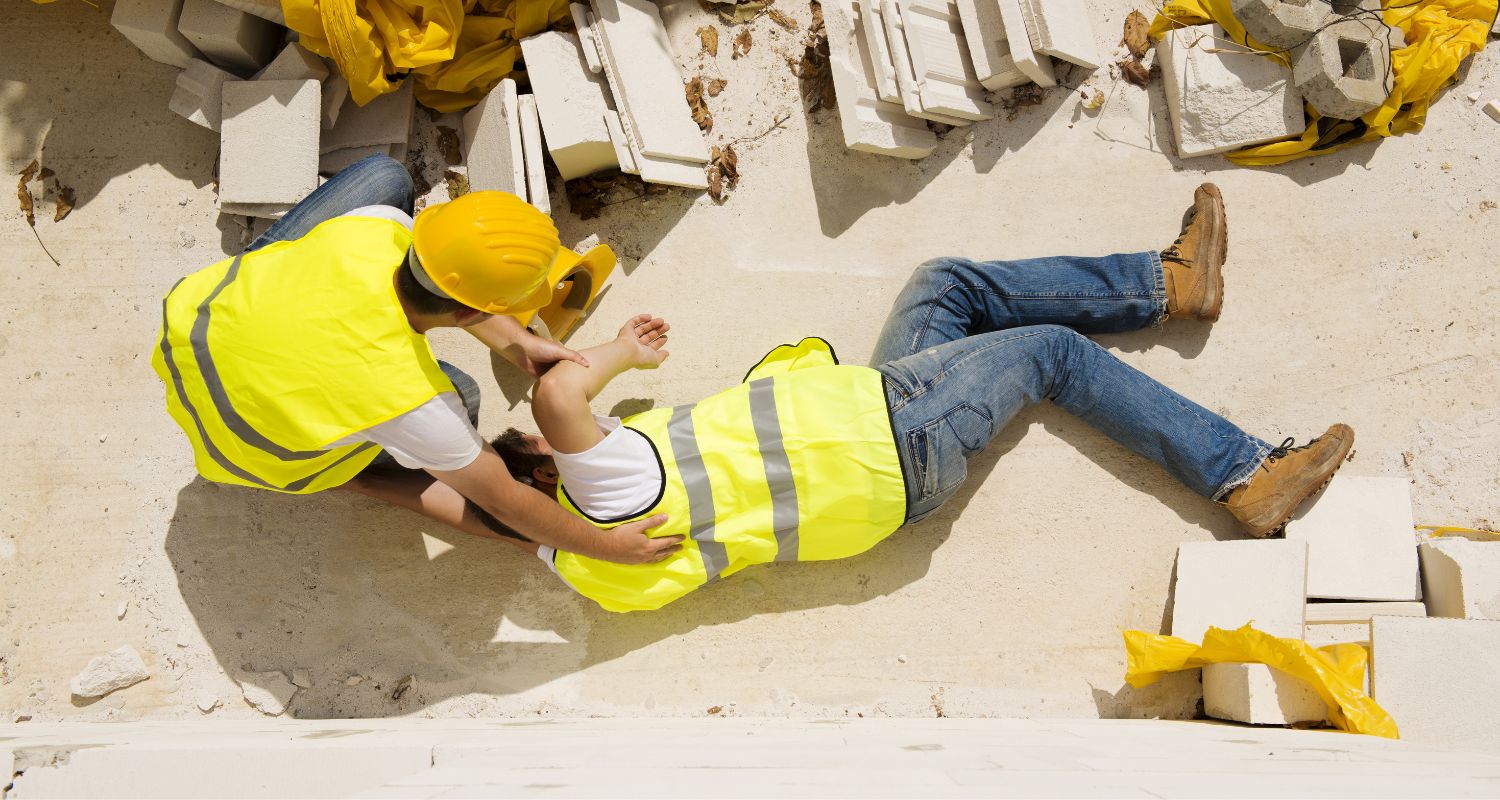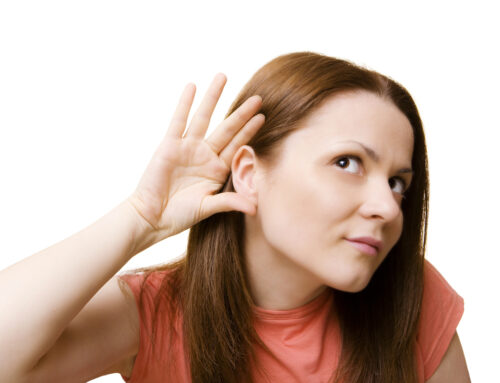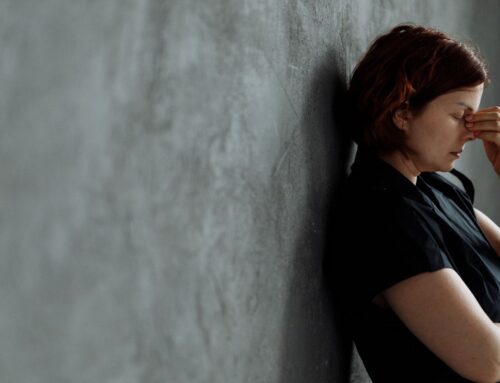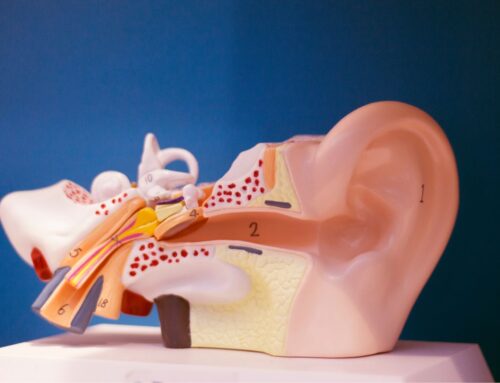Link Between Balance Disorders & Falls
Balance disorders disproportionately impact older adults. According to the CDC, more than 1 in 4 older adults annually experience a fall. Additionally, 3 million older people have been treated in emergency rooms for fall-related injuries. A major cause of falls is balance disorders which are medical conditions that impact the maintenance of balance and stability.
15% of the adult population in the U.S. experience issues with balance. The National Institute on Deafness & Other Communication Disorders estimates that 20% of adults ages 65-75 and 25% of adults ages 75 and older have a balance disorder. Falls are a symptom of balance disorders and can produce serious injuries, impact safety and mobility, as well as increase health care costs. It is important to be assessed and also practice measures to increase safety.
Link Between Balance Disorders & Falls
There is an apparent link between having balance disorders and an increased risk of falling. Research shows that balance disorders increase falls. This includes a significant 2019 study published in the Journal of the American Geriatrics Society. Researchers investigated the correlation between balance disorders and falls by surveying 607 older adults with an average age of 74
years old, 34.3% of whom had a balance disorder while the rest did not. Researchers found that:
- 58.1% of people with a balance disorder had fallen in the past year and 90.3% had a fear of falling.
- 29.8% of people without a balance disorder had fallen while 60.3% had a fear of falling.
These findings show that people with a balance disorder were nearly twice more likely to experience falls and also more likely to experience anxiety around falling compared to those without a balance disorder.
Impact of Balance Disorders on Stability
So how exactly do balance disorders cause falls? A balance disorder produces a range of symptoms including vertigo, dizziness, unsteadiness, etc. which affect stability and lead to falls. Balance disorders can also contribute to hearing loss which impacts spatial awareness and can cause falls.
- Impact on Vestibular System: The vestibular system is the sensory system for balance. Housed in the inner ear, it consists of the vestibular labyrinth which encompasses semicircular canals, otolithic organs, and the cochlea as well as sensory cells that serve as receptors. These components work together to communicate information about movement and spatial orientation to the brain. Balance disorders which can be caused by inner ear disorders (like Meniere’s disease), viral infections, migraines, etc. can disrupt the vestibular system. These disorders produce excess fluid, inflammation, dislodge particles in the otolithic organs, etc. which affects the brain receiving information about movement and position. This produces a range of symptoms including dizziness, unsteadiness, and vertigo which increases the risk of falling.
- Hearing Loss: balance disorders can also cause hearing loss as both systems occur in the inner ear. There is also a significant link between hearing loss and falls. Studies show that people with hearing loss can be up to three times more likely to experience falls. Hearing loss reduces the capacity to hear and process speech as well as sound. This results in people hearing less of what is happening in their environment. They may miss hazards and warnings which takes a toll on spatial awareness and increases the risk of falls.
If you experience falls, it is important to have both your balance and hearing systems evaluated so you can identify any underlying causes.
Reduce Risk of Falls
There are useful ways you can reduce your risk of falls. This includes treating any balance and hearing issues you may be experiencing.
- Treat & Manage Balance Disorders: you will likely be referred to a specialist like an ENT (ear, nose, and throat) doctor who will perform evaluations. Treatment options depend on the underlying cause and can include: medications to alleviate symptoms, vestibular rehabilitation therapy (VRT), and canalith repositioning.
- Treat Hearing Loss: evaluating balance disorders often involves testing your hearing health. Hearing aids are the most common treatment for hearing loss. These electronic devices provide the ears and brain with ample support, making it easier to hear which increases spatial awareness and safety.
- Use Assistive Devices: various aids provide support with maintaining balance. This includes handrails, grab bars, non-slip mats in the bathroom, raised toilet seats, etc.
- Remove Hazards: remove any potential hazards from your living space. This includes removing cords from walkways, repairing any loose floorboards or carpeting, any slippery items, etc.







Leave A Comment